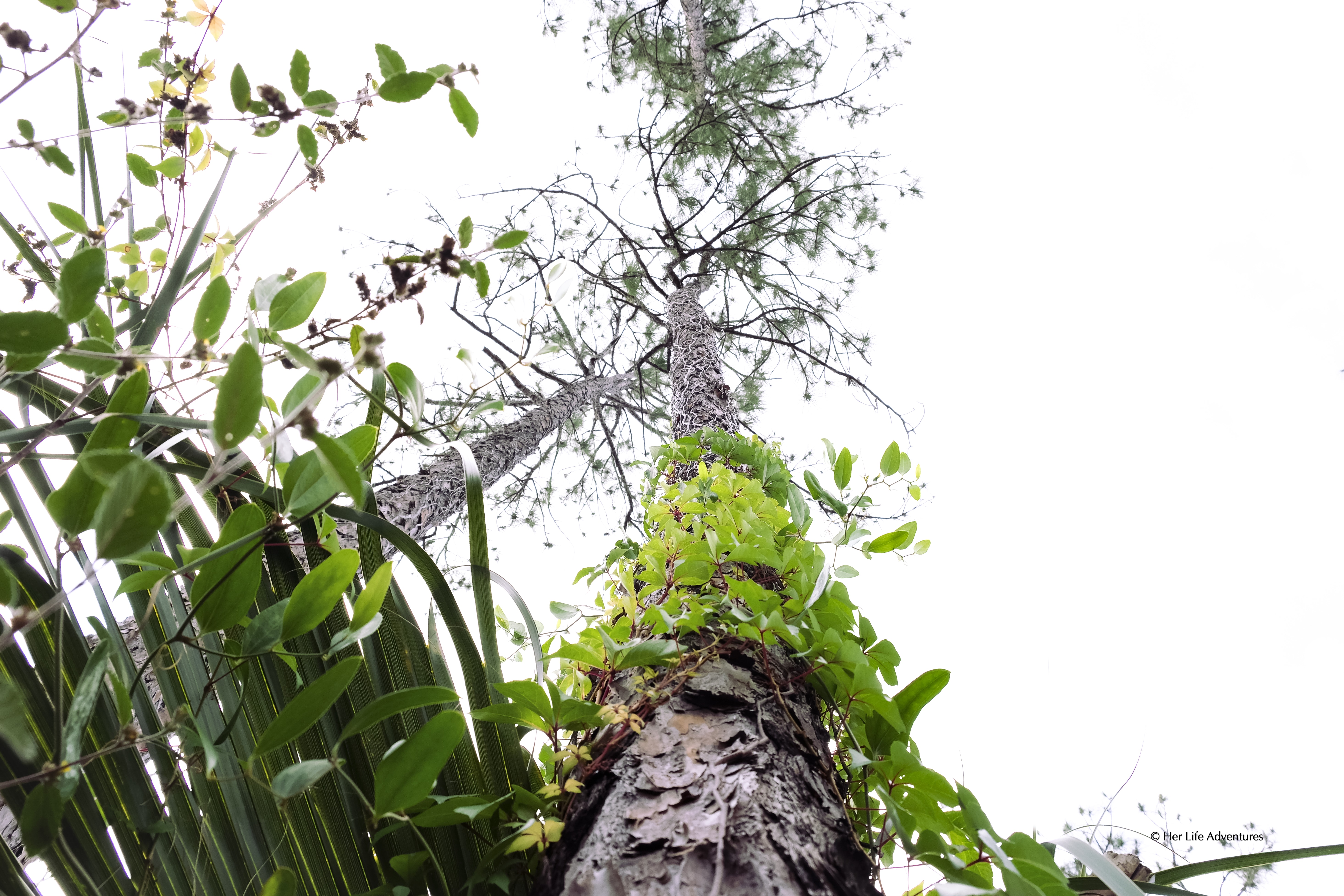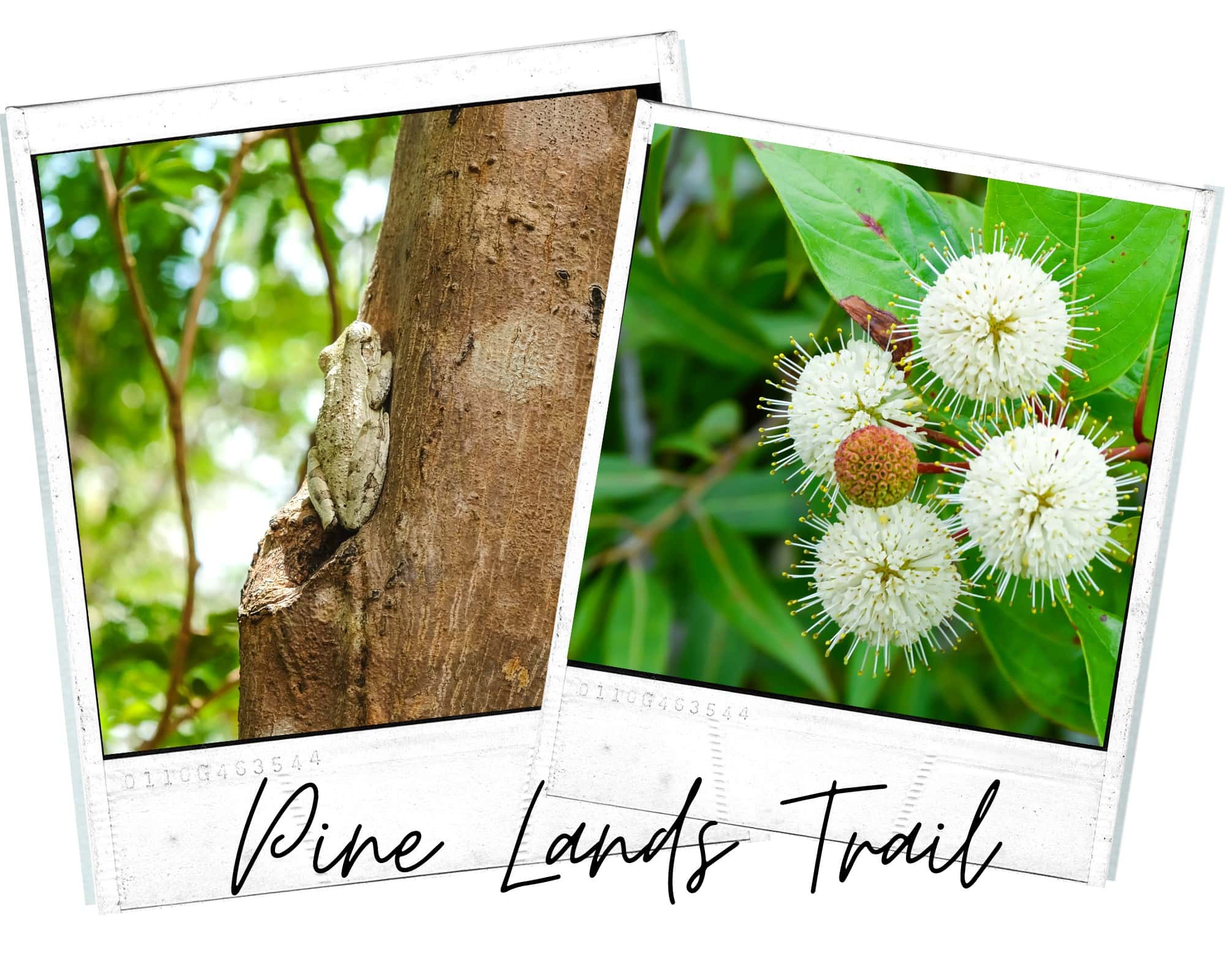
The best hikes in Everglades National park take you through unique eco systems that will transport you to another world. Some of the best hiking trails in Everglades National Park are great for families and slow travelers. Located in the state of Florida in the southern United States. This park is packed full of adventure, hikes, nature walks, and animals so unique, you can’t miss it when you’re visiting Florida. I’ve explored many national parks around the world, and every once in a while, my expectations get blown out of the water by some unexpectedly beautiful destination.
The trails in the Everglades vary from short interpretive trails to long day hikes. Everglades National Park protects a crucial landscape that provides rare and endangered species habitats like manatees, American crocodiles, and rare Florida panthers. The park is a treasured World Heritage Site, a Wetland of International Importance, an International Biosphere Reserve, and a unique protected area of the Cartagena Treaty.
The Best Hikes in Everglades National Park


Never had I imagined a wetlands landscape would be so mysterious, wild, and stunning. There are no other Everglades in the world- so I shouldn’t have been too surprised. This hiking guide will take you through all the unique ecosystems of the Everglades. Check out my one-day guide to Everglades National Park which includes more trail suggestions for your hike to make the most of your time in the park. I hope you enjoy your time there as much as we did!

Park Information
Everglades National Park charges a fee for entry – as do all of the United States National Parks. Fees for Everglades are listed below.
- Vehicle – $30 USD
- Motorcycle – $25 USD
- Foot, Bike, Watercraft – $15 USD
- Annual National Park Pass – $55 USD *this is the most bang for your buck if you are planning on exploring Dry Tortugas or Biscayne National Parks*
COVID-19 Response
Following guidance from the Centers for Disease Control and Prevention and state and local public health authorities, park operations continue to adapt to changing conditions while maintaining public access, particularly outdoor spaces. Before visiting a park, please check the park website to determine its operating status. Updates about the overall NPS response to COVID-19, including safety information, are posted on www.nps.gov/coronavirus
Please recreate responsibly.
– Everglades NPS


Elevation in the Everglades is typically measured in inches instead of feet. The highest elevation in the park doesn’t exceed 8 ft. so when I saw this elevation sign at 4 ft it made me laugh a little. The elevation levels in the park define each habitat, from the lowest freshwater marsh to the higher tropical hardwood hammocks.
Pine Island Short Interpretive Hiking Trails
- Easy, 0.4 mi, est 10 min
- Gumbo Limbo Trail
- Mahogany Hammock Trail
- Pinelands Trail
- West Lake Trailn
- Pahayokee Overlook Trail – Easy, 0.2 mi, est 4 min
- Anhinga Trail – Easy, 1.5 mi, est 36 min
- Pinelands Trail – Easy, 0.4 mi, est 10 min
- Eco Pond Trail – 0.5 miles, 12 min
- Guy Bradley Trail – 1.1 miles, 27 min
- Three-in-One Trail – 0.7 miles, 7 min


Anhinga Trail
Best hiking trail to see wildlife
This self-guiding trail winds through a sawgrass marsh, where you may see alligators, turtles, anhingas, herons, egrets, and many other birds, especially during the winter. This is one of the most popular trails in the park because of its abundance of wildlife.
Anhinga & Gumbo Limbo are the first trailheads you will come across as you enter from the east entrance of the park. The Anhinga trail is the best hike in the Everglades that we explored. The boardwalk trail winds through the sawgrass marsh and is the best trail to spot wildlife in the park.

In my opinion, Anahinga is one of the best hiking trails in the park. We saw wildlife such as alligators, egrets, anhingas, herons, turtles, tropical-colored birds, and lots of unique fish. The trail typically has heavy traffic and can be quite busy, but we never felt overcrowded. Most people make this their first hike after entering the park because
 ANHINGA BIRD
ANHINGA BIRD 

CAUTION!
A word of caution- at the trailhead parking lot there are vultures that are waiting to feast on your vehicle. They’re quite fond of rubber window seals for some reason, and they WILL destroy your car if you do not cover it with a tarp. The tarps are provided with straps by the bathrooms and rest area.
You might also be interested in taking this private 4-hour exciting everglades tour.



After we finished the Anhinga hike we made our way over to the Gumbo-Limbo trail. A short 0.4-mile hike takes you into a dense tropical hardwood hammock. The trail tunnel through a tropical hardwood hammock, a world dramatically different from the wide-open slough. In the shadowy tangle of vegetation, the plants at first appear all alike and the wildlife non-existent. The trail was not crowded, and it was a nice break into the trees from the sunny Anhinga hike. Forests like this can survive only because of the tropical conditions. About 70% of the 700 native plant species of the park are of tropical origin.
As we were walking along the hiking trail, the hammock had a surprising variety of species that take unique forms. In the intense competition for light and space, the vegetation grows in layers. A botanist exploring this hammock in 1983 was so in awe of the profusion of bromeliads, royal palms, and orchids that he suggested the area as a federal park. His journey here from Miami took three days.
 ANHINGA BIRD FISHING
ANHINGA BIRD FISHING 

Take a short walk along this 0.4-mile trail through a sub-tropical pine forest. You’ll be walking through one of the most diverse habitats in south Florida. You’ll see the scenery changing as hardwoods are taken over by young pine. Higher areas in the Everglades eventually become large hammocks, unless they are destroyed by fire first. Fire preserves the natural diversity of the Everglades and is crucial to the regrowth process of the various ecosystems.

Formerly, 52 color varieties of tree snails lived in the hammocks of South Florida. They came from the West Indies, dispersed, and settled in separate tree islands. After years of inbreeding, many multi-colored varieties came about. After gathering many of one variety, collectors sometimes would burn the hammock, destroying any left and making their collection more valuable. Thus putting at least four kinds of tree snails into extinction.



A short walk will guide you to a beautiful overlook known as Pa-hay-okee. This ecosystem of the freshwater marsh is a wide, shallow, slow-moving “river of grass”. It’s amazing how large this green river of grass really was. It seemed to expand forever into the horizon- with the occasional tree sprouting out. There is a small group eco-tour where you can go kayaking and walk through the everglades that I think would be interesting.
Water is the lifeblood of Everglades National Park, this river of grass is dependent on the seasonal rise and fall of freshwater. It is also dependent on people. For over 100 years we dredged, dammed, and drained the landscape. Controlling the ebb and flow of this life-giving force. In doing so, we endangered the Everglades and the life dependent on it.


One of the best hikes in Everglades National Park is this 0.4 mi stroll. The trail takes you through a jungle-like island forest. Tropical Hardwood Hammocks as seen above grow in Everglades National Park The hammocks create dense island forests that grow out of the freshwater marshes.


The Best Hikes in Everglades: Longer Hiking Trails on Pine Island
- Flamingo Campground – Easy, 2.2 miles, 53 min
- Snake Bight Trail – Easy, 3.6 mi, est 1.5 hours
- Rowdy Bend trail – Easy, 5.2 miles, 2 hours
- Long Pine Key Trail – Easy, 15.5 mi, est 6.15 hours
- Everglades Coastal Prairie Trail – Easy, 17 miles, 6.50 hours
- Old Ingraham Highway Trail – 21.3 miles, 8.34 hours
- Everglades National Park East Entrance – Easy 40.3 miles


recommended water routes everglades national park
- Christian Point Trail – Easy, 5.2 miles, 2.6 min
- Nine Mile Pond Paddle Route – Easy, 5.5 miles
- Bear Lake Trail – Easy, 7.8 miles, 3.10 hours
- Flamingo to Coot Bay – Easy, 7.5 miles, 3 hours
- Wilderness Waterway – Moderate, 88.9 miles
If you don’t have your own boat or kayak, don’t let that stop you from exploring the everglades further – take a full-day hiking and paddling tour in Everglades National Park and see the best of both land and sea.


Share this article with your friends and Pin It!
Like this post? share it, or pin it for later!
Like this:
Like Loading…
Related
Please visit:
Our Sponsor
